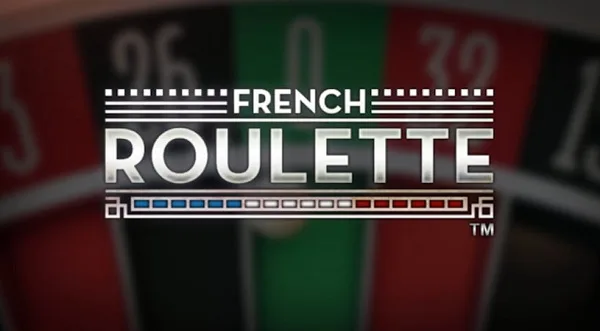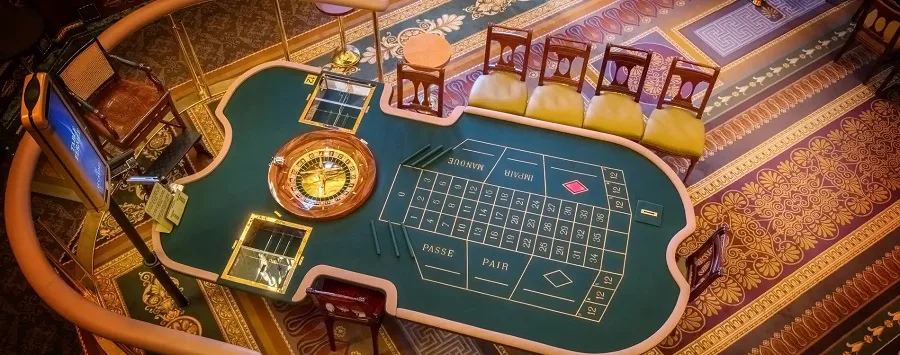
French Roulette Explained: From History to Winning Strategies
Dive into the elegance and sophistication of French Roulette, a classic casino game that combines chance with strategy. This comprehensive guide will explore the history, rules, and unique aspects of French Roulette, offering valuable insights for both new and experienced players.
History of the Game
French Roulette, often considered the original version of roulette, has its roots in 18th century France. It was here that the game first captivated the aristocracy, evolving from earlier games of wheel-based chance. The game’s development is closely tied to the intellectual and cultural movement of the Enlightenment, symbolizing both chance and reason.
As it spread across Europe and the world, French Roulette became a staple in casinos, celebrated for its distinctive layout and player-friendly rules. Despite the emergence of other variations, it has maintained its status as a purist’s choice, offering a blend of tradition and elegance unmatched by its counterparts.
Basic Rules of the Game
The Layout and Bets
French Roulette features a unique table layout, with numbers 1 to 36 and a single zero. Players can place a variety of bets, including inside bets on specific numbers and outside bets on groups of numbers. The language on the table is traditionally French, adding to the game’s authentic atmosphere.
The Role of the Dealer and the Wheel
A croupier spins the wheel in one direction and rolls a ball in the opposite direction. Players must place their bets before the ball starts to slow, predicting where it will land. The interaction with the dealer adds a layer of strategy and anticipation to the game.
Payouts and Odds
Payouts in French Roulette vary based on the type of bet. Inside bets, such as a straight-up bet on a single number, offer higher payouts but lower odds. Outside bets, like betting on red or black, provide better odds of winning but with smaller payouts. Understanding these can significantly influence betting strategies.
How to Play
Playing French Roulette involves choosing your bets wisely, considering the balance between risk and reward. Players can place chips on numbers, colors, or ranges, each with its own odds. The game proceeds with the spin of the wheel, and winning bets are paid out based on where the ball lands.

Tips for Beginners
Start with outside bets to get a feel for the game’s rhythm and increase your chances of winning. Pay attention to the ‘La Partage’ and ‘En Prison’ rules, unique to French Roulette, which can significantly affect the game’s outcome and your strategy.
Main Differences from Other Types of Roulette
French Roulette is distinguished by its single zero and specific rules like ‘La Partage’ and ‘En Prison,’ which offer players a chance to recover their stakes on losing bets. These rules lower the house edge compared to American and European Roulette, making French Roulette more favorable to players.
Is This Roulette for New or Experienced Players?
French Roulette is suited for both new and experienced players. Its simple yet elegant gameplay is easy for beginners to understand, while the unique rules and betting options provide depth for seasoned gamblers seeking a game with strategy and lower house edges.
